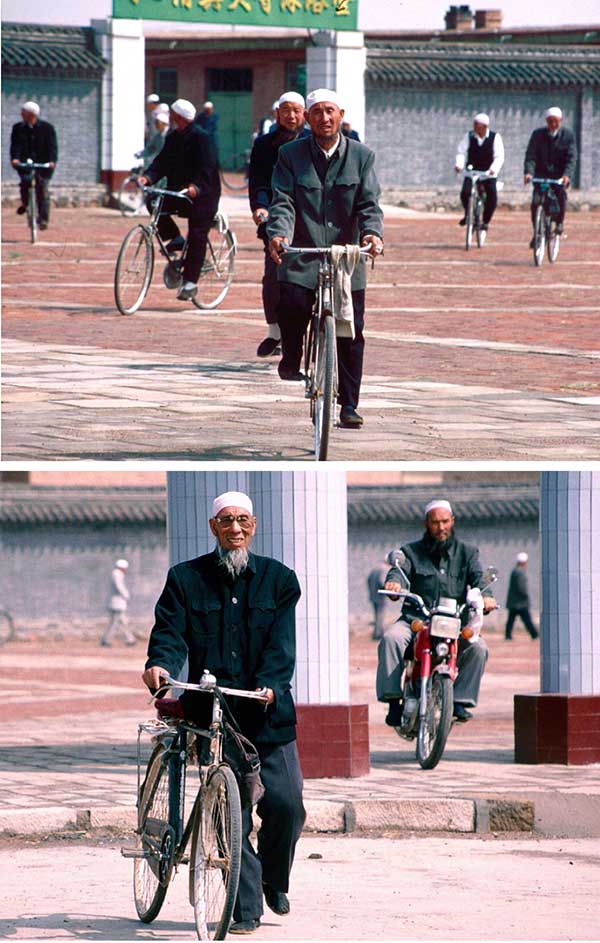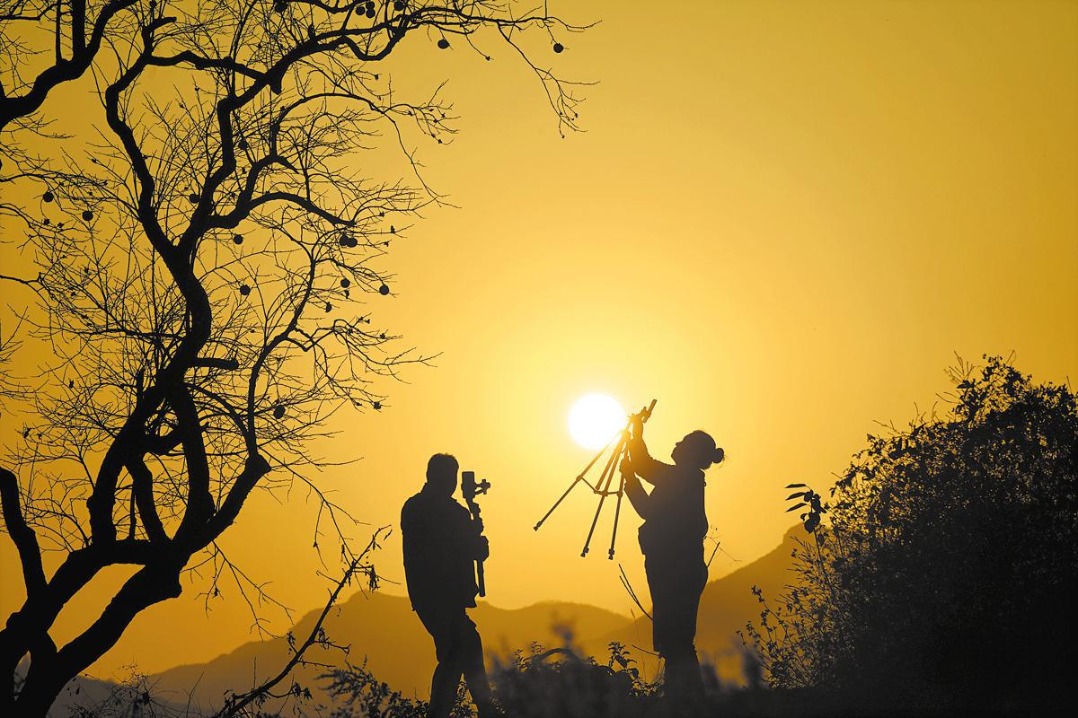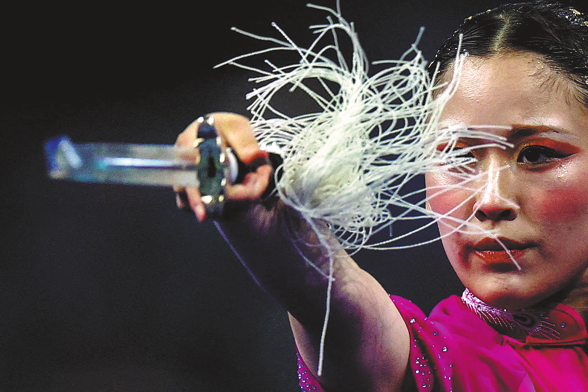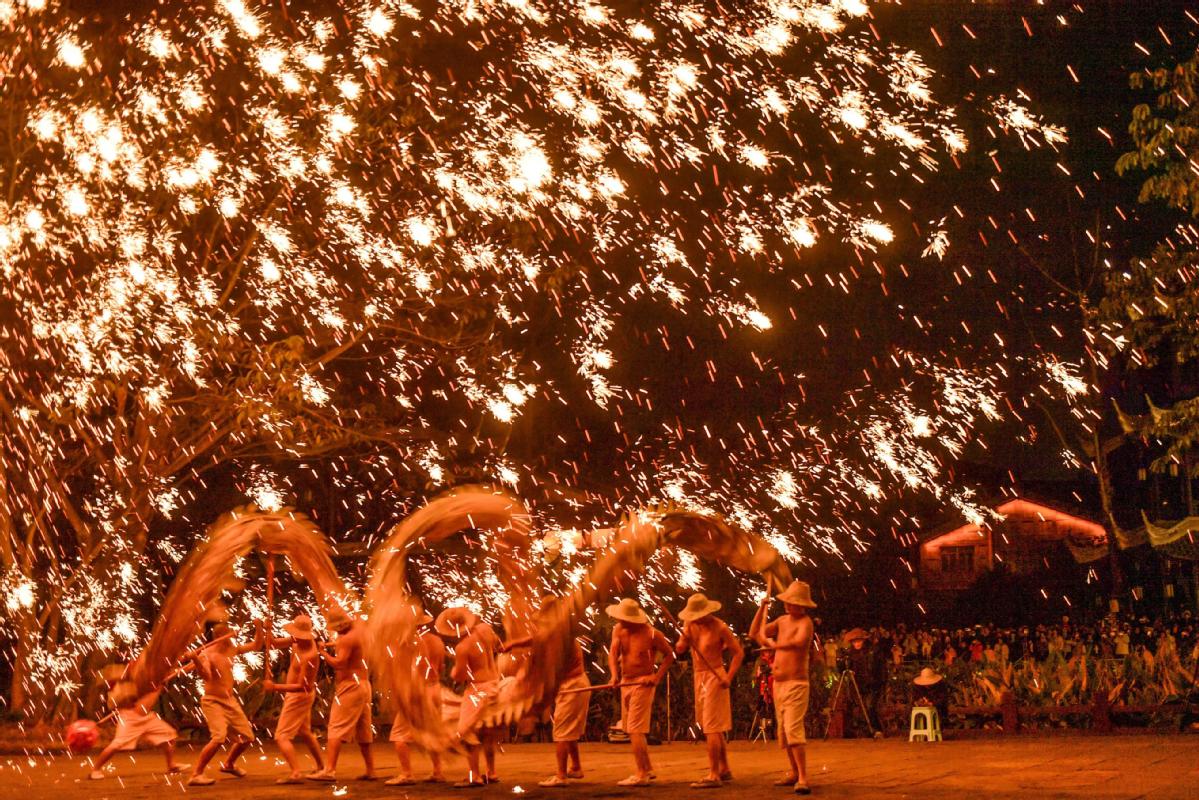Ningxia, a region of fascinating physical, human and historic diversity


Staying in Guyuan, I had the opportunity to wander through its night markets, sitting at food stalls and watching local life. A morning visit to the city’s museum revealed a large model of Guyuan during the Qing Dynasty. The city had been surrounded by two sets of walls that included 10 major gate towers. Far from the main Silk Route from Lanzhou to Xi’an Guyuan gradually became isolated physically and economically. However, the completion of the Baoji-Zhongwei Railway in the late 1990s, opening of an airport in 2010 and expressway construction has considerably improved connectivity.
Leaving Guyuan, heading back north passing many agricultural communities, former mud-walled towns and a section of the Qin Dynasty Great Wall, after 40 kilometers the road reached Sanying. A narrow highway then led west into the mountains where shepherds walked flocks of sheep and goats. At times the road was perched above the shallow waters of the Choushuihe River as it wound its way through a red sandstone gorge. After 40 kilometers we pulled up at the Xumi Shan Grottoes. The name coming from the Sanskrit “sumeru” or “treasure mountain”. Among the 10 most famous grottoes in China they date from the Northern Wei (386-534), having been enlarged several times since. Dug and built along and into the contours of the mountains there are around 150 caves.
A path wound above a river-cut ravine to a 22 meter high Buddha, Dafo Lou, carved into the rusty-red sandstone cliffs. A long flight of steps led up to this towering and imposing statue. Beyond, a series of steep, narrow walkways cut directly into the rock headed up the cliffs. These led to dozens of man-made caves containing smaller Buddhist statues and shrines where incense sticks were placed. Along the trail, decorative tings or pavilions provided welcome resting places as I worked up to the top of one long section. The extensive, panoramic view across the reddish-colored landscape was worth the effort. Around me narrow ledges and paths headed off in every direction to more caves and even a small Tang Dynasty temple where nuns holding bundles of incense sticks quietly chanted. It would have been easy to spend an entire day on Xumi Shan but lunch of noodles and beef in a local Muslim restaurant was waiting back at Sanying town.


































